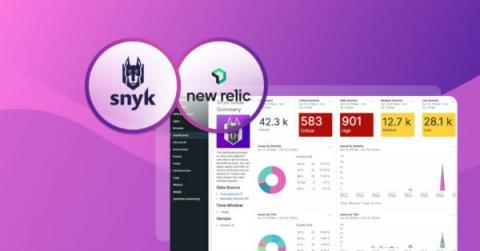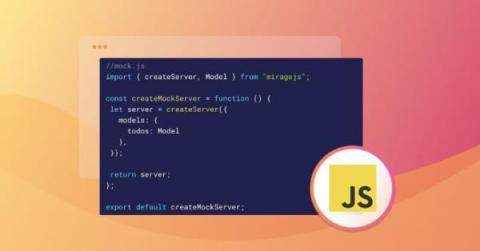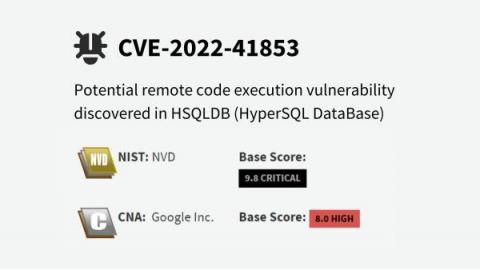Node.js multithreading with worker threads series: worker_threads tutorial
Node.js provides a single-threaded JavaScript run-time surface that prevents code from running multiple operations in parallel. If your application typically employs synchronous execution, you may encounter blocks during long-running operations. However, Node.js itself is a multi-threaded application. This is evident when you use one of the standard library’s asynchronous methods to perform I/O operations, such as reading a file or making a network request.











